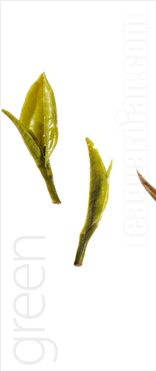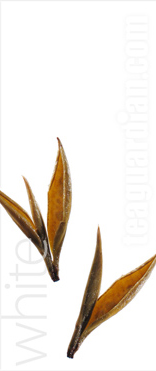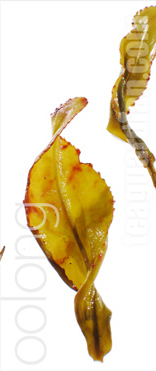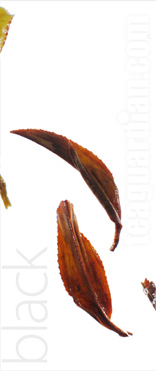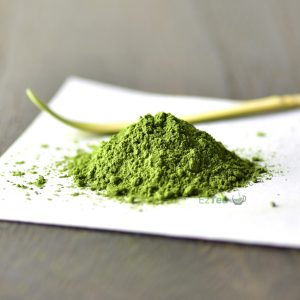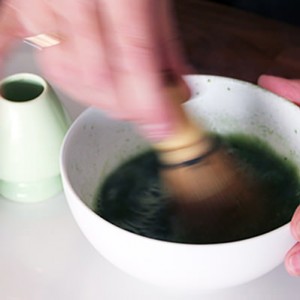Categorization of Teas
categorization of tea according to the manner of fermentation
Tea has been categorized under various concepts, such as production location, grading, appearance, or flavouring, etc. I think the best universal concept so far bases on the degree and manner of “fermentation” that a tea undergoes during production. The commonly understood terms of “Black” and “Green” teas fit in this concept.
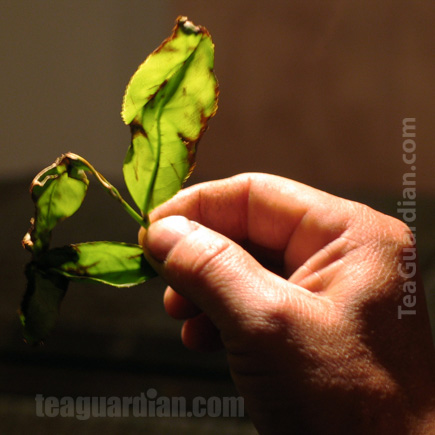
Edge of the leaf bruised and oxidized towards the end of the fermentation process. This Wuyi demonstration is visually more dramatic in than most other styles of oolong.
Fermentation in tea production refers specifically to the process when enzymes of the leaf oxidize the leaf’s other constitutional matters. An example is the oxidation of catechins in the green leaves to form theaflavin in black tea. There are over 300 compounds in the fresh tealeaves which can interact with one another during the bio activities in the production processes to form as many as 500 resultant matters that constitute the aroma, taste, texture, other gastronome and health effects of any final tea selection.
The same compounds can form anti-quality matters too, when the conditions and processing are not optimum. Enzymes leak when the cellular structure of the leaf is broken or weakened. This can happen in a controlled environment during production, or it can happen when the plucked leaves are mis-handled, such as piled in a basket for a long time. Uncontrolled oxidation leads to poor quality. Controlling how the tea ‘ferment’ is one of the most important steps in determining the final material nature of the product. An excellent example is the category of oolongs — selections can be dramatically different in taste and aroma because the way the leaves are oxidized are different from one and other. However, there is also the key factor of horticulture.

Two leaves each from a different tea cultivar, picked from different side of the same row, during a farm visit with a client from Europe. Both cultivars are of the Fenghuang Shuxian group.
Very often I come upon theories that all teas come from the same plant and it is only the degree of fermentation that gives each tea its character. The truth is very opposite of that. Sub-varieties, cultivars, in addition to the elements of growing environments, plucking condition and the quality of the production process itself are crucial factors that contribute to the biochemistry of a tea, and therefore its characteristic taste profile. <read more about this>
There are also teas which forms and tastes are altered AFTER the fermentation process is done, most even after drying. One common example is the scenting of teas. Pleasant aromas, such as that directly from real flowers, or that from extracts or from artificial agents, are infused into the dried leaves of green, black or oolong teas. Some products further exploit the idea of exotic flavouring to add dried fruits or flowers. The form of tea can also be modified after the leaves are produced, such as by compressing, grounding or turning into extract granules.
Of the term fermentation, only one category of tea is really fermented in the true definition of the word, i.e. the chemistry of the leaf is changed through microbe activities, as in yogurt, wine, soy sauce etc. It is the post-fermented tea category.

